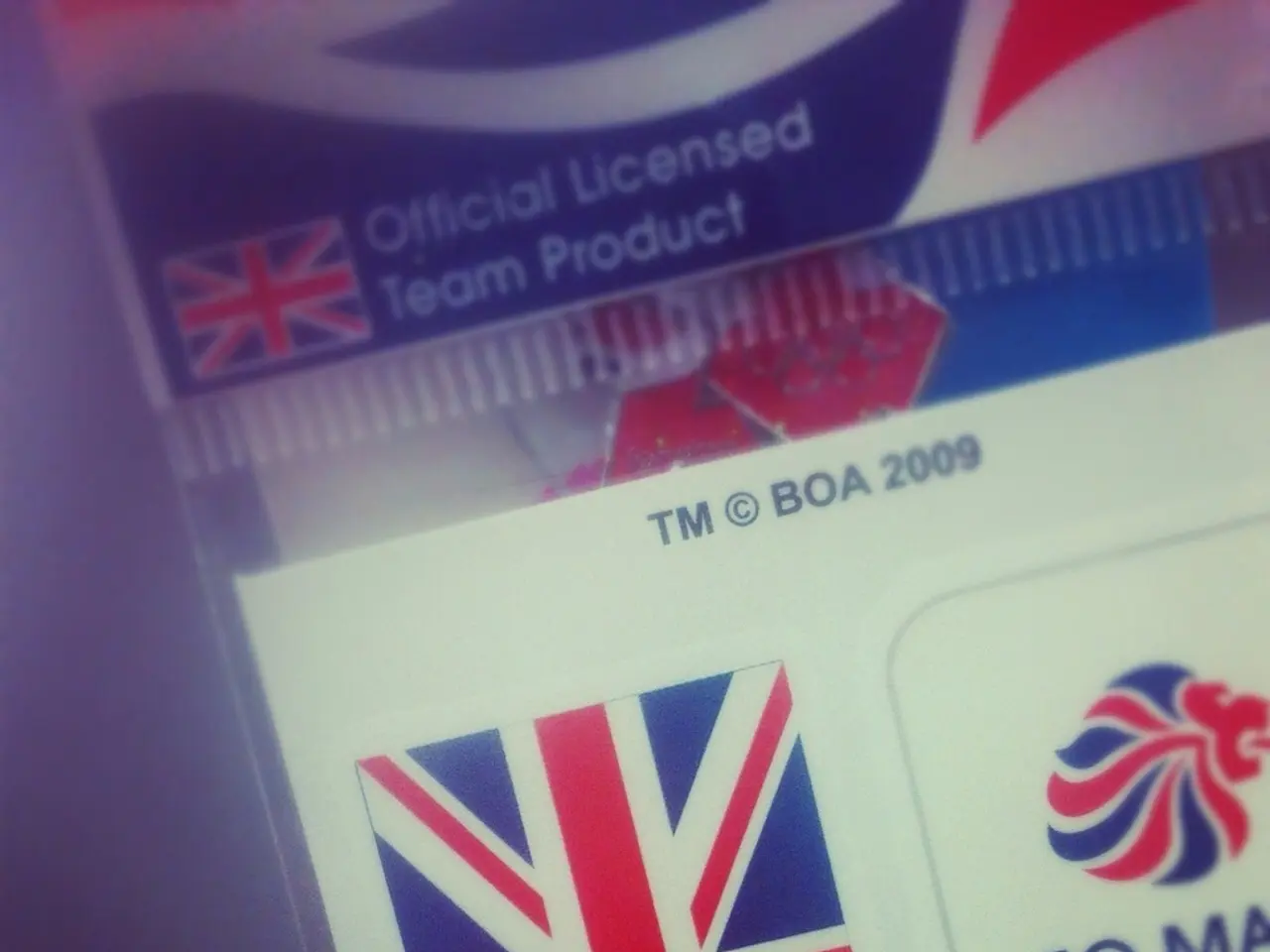Ukraine gains access to direct-to-cell Starlink service, placing it among the inaugural nations to benefit from this technology.
In a significant stride towards improving mobile connectivity, SpaceX's Starlink has entered a phase of commercial deployment for its direct-to-cell satellite service. This groundbreaking technology, which enables direct satellite-to-phone messaging without the need for dedicated satellite phones, is set to revolutionise the mobile industry.
The most prominent partnership so far is between Starlink and T-Mobile in the United States, officially launched on July 23, 2025, under the brand name T-Satellite. This service is now commercially available nationwide in the U.S., offering connectivity in cellular "dead zones" using 657 Starlink satellites equipped with direct-to-cell hardware.
While T-Mobile customers on premium plans enjoy free access to T-Satellite, non-T-Mobile users can subscribe for $10 per month during a promotional period. Initially, it was expected that rival carrier users would pay $20/month, but the price was reduced to encourage wider adoption. The service currently supports satellite-based SMS texting, vital for emergency communications and staying connected in areas without cellular coverage.
The success of the beta test, which started in December 2024 and attracted nearly 1.8 million users, indicates strong market interest. Starlink is actively lobbying the FCC to gain access to additional wireless spectrum to broaden and enhance service capabilities beyond messaging.
Looking ahead, Starlink is poised to make a significant impact on the mobile industry, particularly in rural and emergency contexts where traditional networks are unreliable or absent. Rival U.S. carriers like AT&T and Verizon are developing their own satellite-to-phone services, but Starlink's mature infrastructure and large satellite constellation give it an early lead.
Global partnerships are also on the horizon. While details are yet to be announced, the scalable nature of Starlink satellites and ongoing regulatory discussions suggest potential future agreements with international mobile operators are likely.
In Ukraine, Kyivstar, the leading mobile operator, has signed a deal with Starlink to provide direct-to-cell satellite service. In Zimbabwe, Telecel may follow suit, potentially enabling the mobile operator to achieve 100% coverage without users needing to climb trees for service. However, users in regions where 3G is still common may need to upgrade their phones to access direct-to-cell service.
This transformative approach to mobile coverage, focusing on filling dead zones with satellite-based connectivity, currently focuses on messaging with plans for broader capabilities. The service's success and regulatory progress strongly indicate expansion and adoption globally in collaboration with multiple mobile network operators.
- The partnership between Starlink and Kyivstar, the leading mobile operator in Ukraine, promises to bridge the gap in internet access for regions previously undeserved, opening up opportunities for science and space-and-astronomy enthusiasts in those areas to partake in technological advancements.
- As satellite-based mobile services continue to develop, with Telecel in Zimbabwe considering a partnership with Starlink, the future of technology lies in leveraging space-and-astronomy to introduce affordable and reliable internet access, catapulting communities into a new era of connectivity, education, and economic growth.




